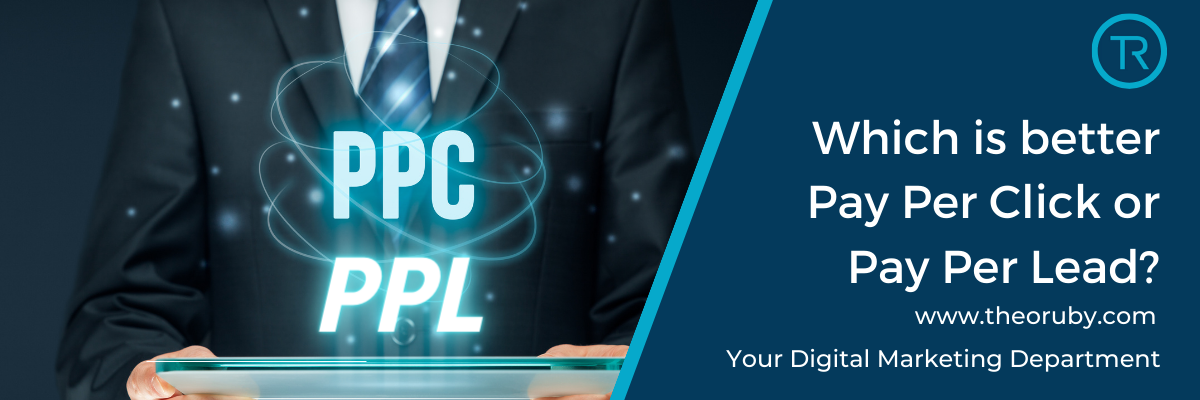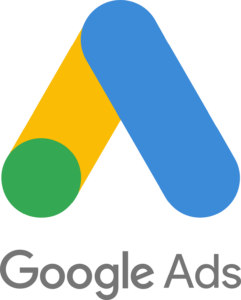If you’re invested in advertising, chances are you’ve come across the popular pay-per-click (PPC) model. This approach can be effective for large corporations, but for smaller companies, it may lead to wasted investments on non-relevant audiences who won’t convert into actual customers.
That’s why I strongly recommend considering a pay-per-lead (PPL) model for your advertising efforts, especially if you’re a trade professional, cleaner, or small business targeting a local audience through Google. Let’s look at why PPL might just be what your marketing strategy needs.


